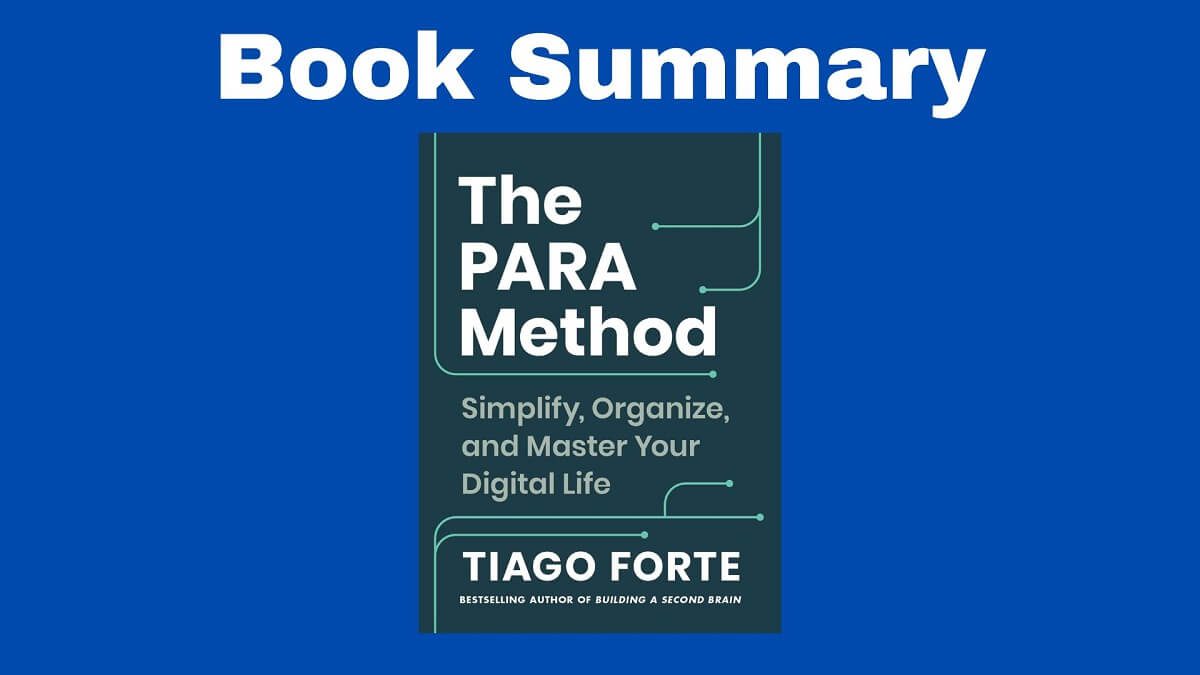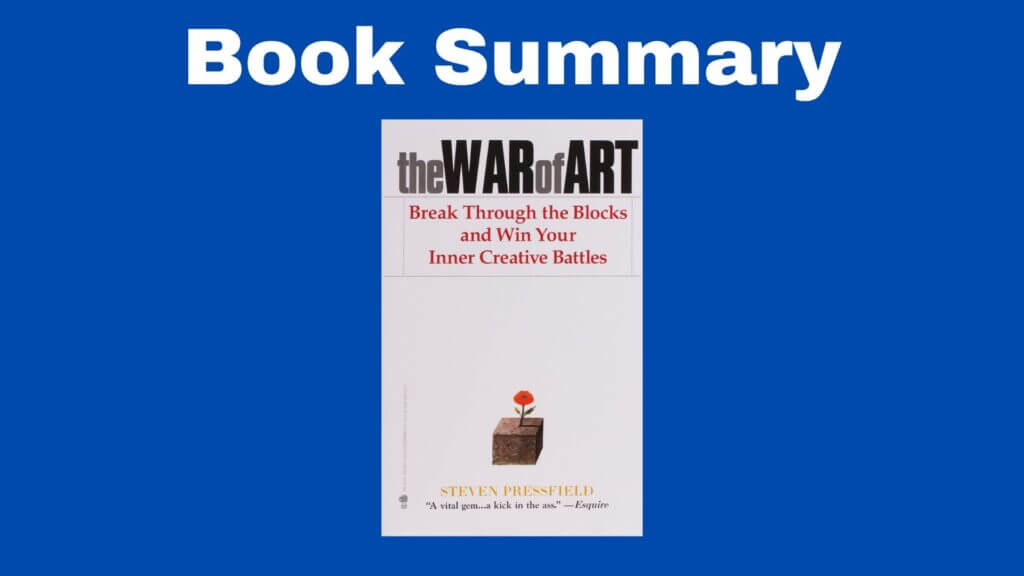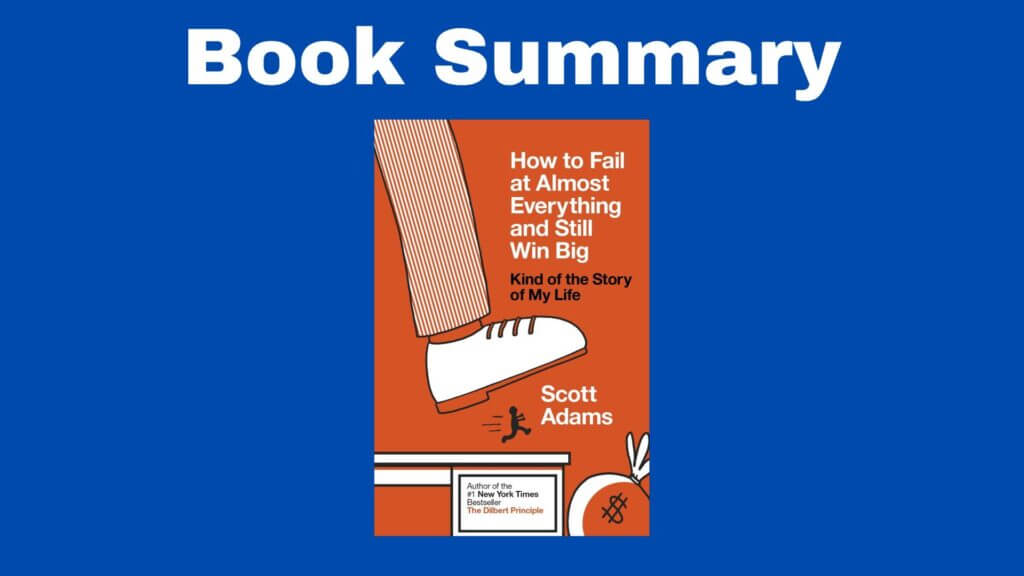The Book in Three Sentences
In this summary of The PARA Method, you’ll learn how to effectively manage all the information you’re exposed to. This is a four-step framework to sort all the information coming your way so that you can classify it into one of four categories: Projects, Areas, Resources, and Archives. Apart from implementing this simple system, you’ll also learn to keep it organized to achieve your goals.
Introduction
The PARA Method is a digital organization system. Implementing it only takes a minute, but the more you use it, the more useful it will become.
The author makes five promises that will happen if you adopt the PARA system:
- You won’t waste time looking for information
- You’ll focus on what matters
- You’ll take consistent action
- You’ll be more creative and productive
- You won’t suffer from information overload and fear of missing out
Part 1: The Fundamentals of PARA
Chapter 1: Introducing PARA
The perfect organizational system should tell you where everything goes so that you can easily find it. It should be easy to set up and maintain. It should be flexible enough to adapt to changes in your life. Above everything else, the best organizational system should bring benefits to your professional and personal life. In other words, the ultimate organization system should be actionable. Such a system exists and is called PARA. Among other things, the PARA system lets you save quotes, voice memos, bookmarks, notes, photos, and more.
In it, we can classify information into four categories:
- Projects: These are short-term efforts.
- Areas: These are long-term responsibilities.
- Resources: These are topics that may be useful eventually.
- Archives: These are inactive items from the previously mentioned categories.
Each of these categories represents a top-level folder. At the same time, each top folder has a subfolder with the information you need for whatever it is that you want to accomplish. Life can be complex, so narrowing down that complexity so that it can fit into a simple system makes everything easier. The system is simple on purpose since PARA is supposed to free up your time, not consume more of it.
Classifying information by subject sounds appealing, but that’s not how our workplace and our lives function. Saving information by category would be too time-consuming and broad after all. When you work on a project, you want all the materials related to it in one place. Yet most people have these documents in different places which makes it difficult to even start. To achieve your goals, you need a system that works for you, not against you.
Chapter 2: The Power of Organizing by Project
The author defines projects as “short-term efforts”. This means they should have an end date, so, past a certain point, they should just end. There are a couple of problems that could happen if you fail to identify projects:
- You can’t know the extent of your commitments: This means you don’t know how much workload an obligation takes.
- There won’t be a connection between your current efforts and your long-term goals: To do your best work, you need to be motivated, but for motivation to happen, you first need to make systematic progress. For this purpose, we must break down your responsibilities into small projects.
Chapter 3: The Sixty-Second PARA Setup
Implementing PARA doesn’t mean creating innumerable folders and then migrating all of our information into them.
The system involves three simple steps:
- Archive existing files: Digital files don’t take that much space, so it’s tempting to keep everything. This is a problem because it distracts you. Your attention is one of your most valuable assets. If you want to secure your files without draining your mental energy, you should store them in the Archives section. The best way to do this is to label a folder with today’s date and then move everything you have in there.
- Create project folders: Create a folder called Projects. Remember that Projects are “short-term efforts with a clear end goal”. Inside this folder, create sub-folders for every project you have. For files to go there, they have to be timely and pressing.
- Create additional folders: While it’s tempting to create new folders for every area and resource you’d like to use eventually, don’t. Never create a folder unless you have to put something in it.
With these three steps, your PARA system should be fully functional and it only takes a minute to set up. See this as an opportunity to create your digital life moving forward, so think hard about what’s valuable and what isn’t.
Chapter 4: The Five Key Tips for Making Organizing Easy
To make the PARA system more effective, implement these five tips:
- Create an inbox: Capturing, naming, and storing the items you come across takes time. With this in mind, create a fifth folder called inbox. This is a temporary folder where you store new items until you have the time to organize them.
- Number the folders: You should add the numbers 0 to 4 at the beginning of each of the folders you have. The idea is to put a “0” next to your inbox to remind you to process its contents. The rest of the folders go from most actionable to least actionable.
- Using a naming convention: To easily determine which folder an item belongs to, we must use an informal naming convention. Emojis go before the titles of Project folders. Capitalized titles for Area folders. Finally, uncapitalized titles for Resource folders.
- Activate offline mode: Everything you need should be in the Projects folder. This is the folder that requires the least amount of space, but it’s the most useful when you’re on the go. Undoubtedly, there will be moments when you won’t have internet access. When you think this will happen, activate offline mode for the Projects folder on the devices you take with you.
- Make backups: Organizing your digital life takes time and effort, so always have a backup system in place.
The author proceeds to address some common concerns. First, the exact location where you put files or notes isn’t important. After all, you’ll rely on the search function to find what you need. Second, having four categories is optional. A lot of people like to have extra letters. As long as you separate the most actionable items from the least pressing ones, you should be good.
Chapter 5: How to Maintain Your PARA System
Maintaining your PARA system should take you five minutes per week. Doing so involves three steps:
- Giving new names to items in your inbox: You want to change the title of a document to something detailed and informative.
- Placing items in the correct folders: Consider where every item belongs to and move it there.
- Updating active projects: Projects might change in scope, you might complete them, or an inactive project might suddenly become relevant again.
Note that your Archive isn’t a graveyard of files, but a treasure chest of ideas you might reuse at any moment. Some of those ideas save you time since you might be able to recycle them at some point.
Part 2: The PARA Playbook
Chapter 6: How to Distinguish Between Projects and Areas
A lot of people confuse Projects with Areas. Projects have goals, as well as deadlines. Examples include a website launch, a birthday party, or a work presentation. Areas of responsibility, on the other hand, don’t have goals and deadlines, but they do have standards and indefinite end dates. Areas are all the things that will continue until the day you die. Examples include health, finances, and relationships. In Areas, there are standards, a “quality bar” you have to meet and they are an ongoing process. There are consequences to confusing Projects and Areas. Treating a project as an area makes it aimless.
Chapter 7: How to Distinguish Between Areas and Resources
Areas and Resources are also confusing to some people. It seems like certain categories could belong to either, but it depends on what the information in question means to you. Important information belongs to Areas and side interests belong to Resouces. When it comes to resources, don’t collect information that seems interesting. Instead, collect information that seems useful. Ideally, resources should let you solve future problems or overcome potential obstacles.
Another distinction between the two is that Areas are private, but Resources are public. While you could share resources with others (notes about language learning, for example), Areas are for your eyes only (medical records, for example).
Diving Areas and Resources is helpful in the sense that it lets you be honest with yourself. Areas are supposed to represent important aspects of your life, such as exercise, mental health, diet, and relationships. Resources are side interests and as such, they don’t require all of your time and attention. In other words, regardless of how passionate you feel about your hobbies, don’t let them be an excuse to neglect what’s most important to you. By clearly defining your Areas, you get an opportunity to see the things that no one else is going to do for you.
Chapter 8: Extending PARA Across Multiple Platforms
The PARA method is universal in the sense that it works on every platform that stores information. On top of that, it works on a variety of devices. The worst mistake you can make is to use a different organization system for every palace (these include to-do lists, computers, cloud storage, notes, and so on). Doing so demands a lot of cognitive effort on your part which means that it will be hard to maintain and use.
The PARA system works on all apps and platforms. Having different platforms is necessary, but implementing the same system for all of them gives you a sense of clarity and consistency.
What do you do when you have a new piece of information and you need to figure out where to save it?
- Appointments or meetings go to a calendar
- Tasks go to a to-do list app
- Text goes to a note-taking app
- The content you collaborate on goes to cloud storage
- Everything else goes to your computer
With the exception of your calendar, all of the platforms mentioned above support the PARA method.
Chapter 9: Keep Information Flowing
To keep the PARA system working, you don’t need much. It’s so flexible that it supports every system and you can name items however you want. The only thing you must do is feed it relevant information regularly.
Where you place the information isn’t that important. Your relationship to your information is what’s important. Categories become actionable or irrelevant depending on your life situation at the moment. Depending on your priorities, needs, goals, or lifestyle, the information you’ve collected can be more or less important.
Moving files from place to place is ideal, but you can also move entire folders, link to items, or tag similar items. Whatever you do, don’t have duplicates though. Having two versions of the same file makes it hard to determine which one is more current.
Chapter 10: Using PARA with a Team
Your digital world can complement the digital worlds of other people. Luckily, the PARA system works well if you’re part of a team, company, or organization. PARA is part of a field known as knowledge management, and as such, it lets people share their knowledge to achieve the goals of their organization.
The first obstacle when it comes to knowledge management involves articulating what you know in a way that makes sense to others. Also, people are scared of sharing their ideas with others because it leaves them open to criticism.
To implement PARA when you’re working with a team:
- Determine which type of system they’re using: This involves defining core concepts so that people know what projects, areas, resources, and archives are. Additional steps involve choosing a platform, establishing rules and guidelines, and determining the person in charge.
- Train people: Once everything is set up, you now need to teach people how the system works.
- Only keep shared projects on shared platforms: Moving every digital asset to the same PARA system isn’t ideal. You don’t want everyone to access everything. What makes sense to you, won’t make sense to others without context and structure. Getting to the point where your informal notes are easy to understand by anyone takes time and effort. Only move your notes, files, and documents to the PARA system when they become collaborative.
- Encourage people to write: Knowledge management is a way of communicating. To communicate effectively, the quality of the message is important. For this to happen, the message has to be attention-grabbing, precise, empathetic, and useful. Knowledge management can be incredibly effective, but first, you have to create a culture of writing. To do this, you can set an example by doing it yourself, offer rewards, give your team feedback, or make time for reading.
Part 3: Deep Dives
Chapter 11: Creating a Project List
Formulating a Project List is one of the most direct ways to boost your productivity. Your Project List includes a series of outcomes you want to achieve and it serves as a compass for your life.
Creating a Project List involves five steps:
- List your current projects: Projects are affairs that worry you or demand mental bandwidth. They can also include skills and hobbies.
- Add a goal for each project: Projects have two parts, a goal and a deadline. For each project you wrote down in the previous step, add a goal.
- Add deadlines and timeframes: Don’t be too strict with deadlines. They’re just useful to have as a reference.
- Prioritize your list: Since you won’t be able to advance every project in a week, prioritize the ones you’d like to work on next week. Organize your list from the projects that demand more mental bandwidth to the ones that demand less of it. Start working on the projects at the top of the list first.
- Reevaluate your Project List: This is the most difficult part. You must think about your most important goals and eliminate (or postpone or outsource) the rest.
Chapter 12: The Three Core Habits of Organization
The Human memory is frail, so the PARA system remembers everything for us. There are three core habits that let you organize your life from now:
- Organize according to outcomes: Although organizing feels great, it isn’t an end in itself. The PARA method is a tool that lets you think about what’s important moving forward so that you can eliminate the rest.
- Organize just in time: Organizing just for the sake of it is a waste of time. Unless it leads to action, organizing is worthless on its own. Don’t organize “just in case”, organize “just in time”. In other words, postpone organizing your system until you have to.
- Keep things informal: As long as you define your Projects, the rest of your system can remain messy. By default, your digital world can be loose and informal. A strict and formal system can be detrimental to your process because it will be difficult to make connections.
Chapter 13: Using PARA to Enhance Focus, Creativity, and Perspective
PARA leads to focus, creativity, and perspective. Focus involves doing one thing at a time. This is where PARA thrives because it doesn’t have a browser where you can multitask or a messaging app where you can jump from message to message.
Collecting information is the easy part, turning it into something valuable that has your unique style is the challenging part though. PARA isn’t about hoarding, it’s about curating meaningful ideas and putting them into a central place where you can turn them into something special. To make the most out of PARA, save the things that resonate.
Finally, PARA gives you a sense of direction, both in the short term and in the long term. In other words, PARA helps you get to the kind of future you want.
Chapter 14: When in Doubt, Start Over
As you develop your own PARA system, you may get stuck or feel overwhelmed. If this happens, you can always migrate everything to the Archives folder and start over. There are no downsides to starting from scratch in the digital world. You can, after all, retrieve everything you keep from the Archives section.
Chapter 15: Organizing as Personal Growth
Most people believe that by getting organized, they’ll unlock their full potential. This is an illusion though. Getting organized isn’t about how things look and it isn’t about controlling a digital environment either. On the contrary, getting organized gives you the power to achieve your personal and professional goals. You channel that power by compiling information from the best sources in existence and putting them in an easy-to-access place. The amount of information we have access to is overwhelming, but it’s our job to classify it so that you can make it your own. With PARA, “getting organized” is a straightforward affair.
Further Reading
If you enjoyed this book summary of The PARA Method, you might also like the following summaries:




